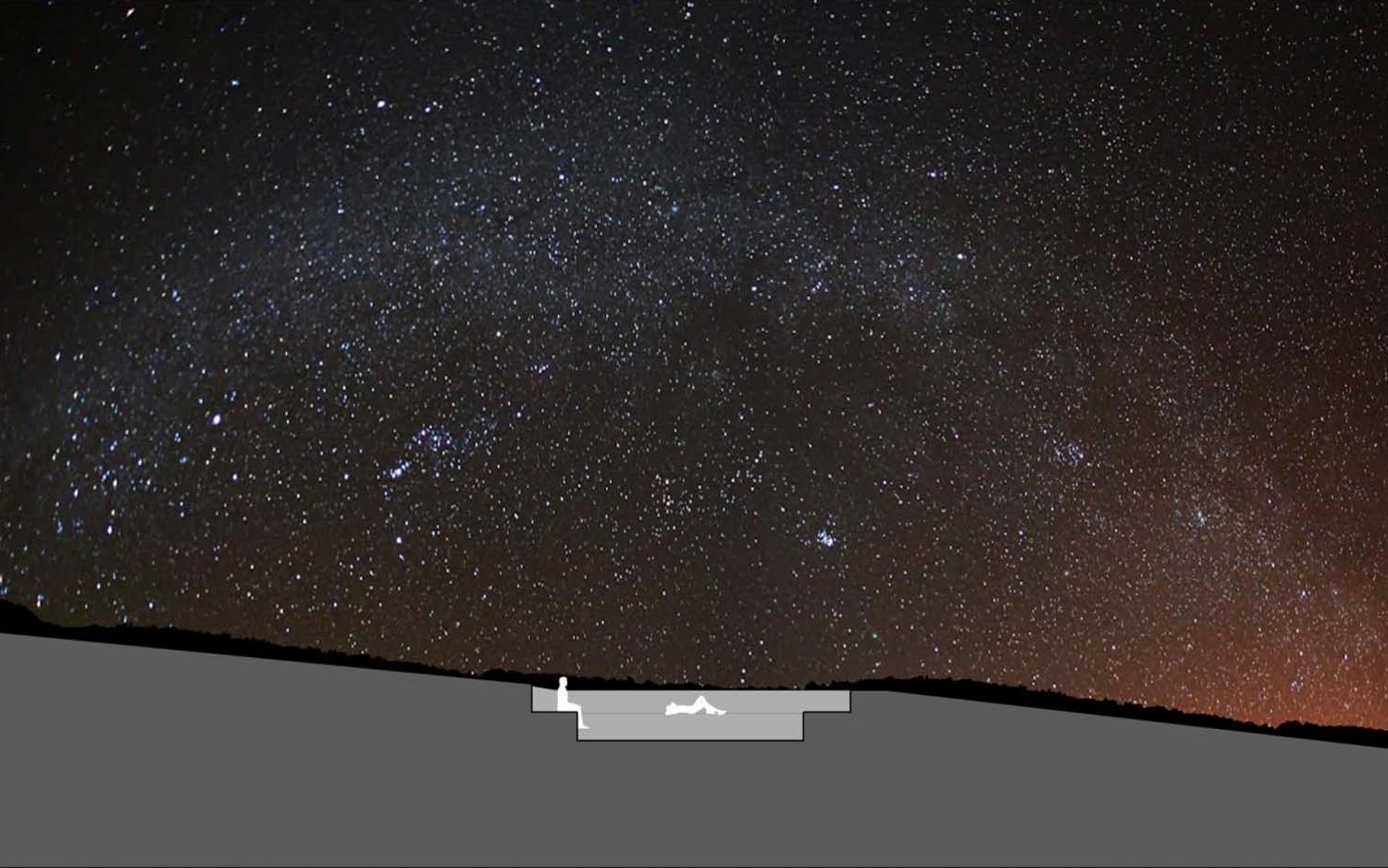Dark Sky: Recovering our night time heritage
The Costa Brava in Northeast Spain has a well-earned reputation for the rugged natural beauty of its coastline and wonderful small bays and inlets. The sea and the dramatic landscape that form the jagged coastline still give way to the ancient agrarian order as one heads inland but the seaside towns and stretches of land have suffered from the excesses of land speculation and an abundant number of towns survive by providing seasonal accommodation that has strangled the once picturesque fishing villages that now depend on this seasonal influx of tourists. These seasonal shifts produce over demand in the summer and desolate autumn and winters seasons – leaving many communities with well-lit roads and streets, but empty buildings. The natural cycle also affects the habitat and our experience of nature as the rush for development leads to more roads and buildings that affect the darkness that used to distinguish the coast and its more rustic hinterlands. Even twenty years ago one could still see the night sky without any effort on clear nights. This is now more difficult.
According to research by the European Commission´s Stars4All Initiative (2017), 80% of Earth’s land mass suffers from light pollution, while for 99% of people in Europe and the USA the night sky is obscured by artificial lighting.
We believe this must change both for ecological as well as economic reasons. As an example: “In an average year in the U.S. alone, outdoor lighting uses about 120 terawatt-hours of energy, mostly to illuminate streets and parking lots. That’s enough energy to meet New York City’s total electricity needs for two years!
IDA (source International Dark Sky Association, 2018) estimates that at least 30 percent of all outdoor lighting in the U.S. alone is wasted, mostly by lights that aren’t shielded. That adds up to $3.3 billion and the release of 21 million tons of carbon dioxide per year! To offset all that carbon dioxide, …”.
Light pollution deprives us of fundamental links to the cycladian rhythms of life and are a sign of poor energy management as this inefficient use of artificial light depletes resources and damages ecosystems. Our common heritage of night skies is being reduced systematically and we are thus deprived of the magic of connecting with nature at a large scale (night observation, mythology, astronomy etc.) that was previously available to all.
Together with a small group of enlightened conservation-oriented clients our studio is working on two sites that are to be preserved and can provide spaces for retreats and nature conservation activities with the objectives of recovering habitat, preserving forests and returning some agrarian use to fallow lands. In both we will aim to recover the Dark Skies by sensitive design of infrastructure and by providing observation spaces out in nature.
The sites are well placed for observing the night sky as they are adjacent to one of the few large-scale reserves where light contamination has not yet encroached completely on the horizon.
